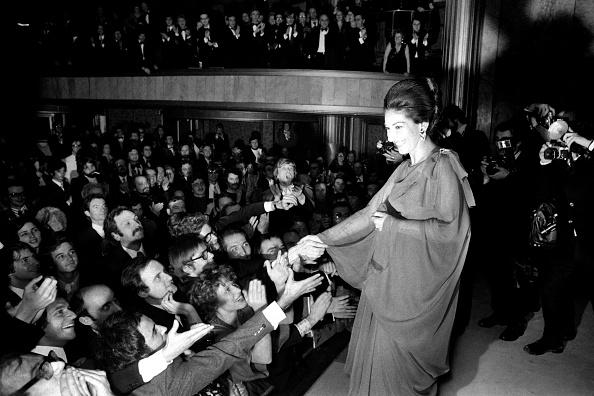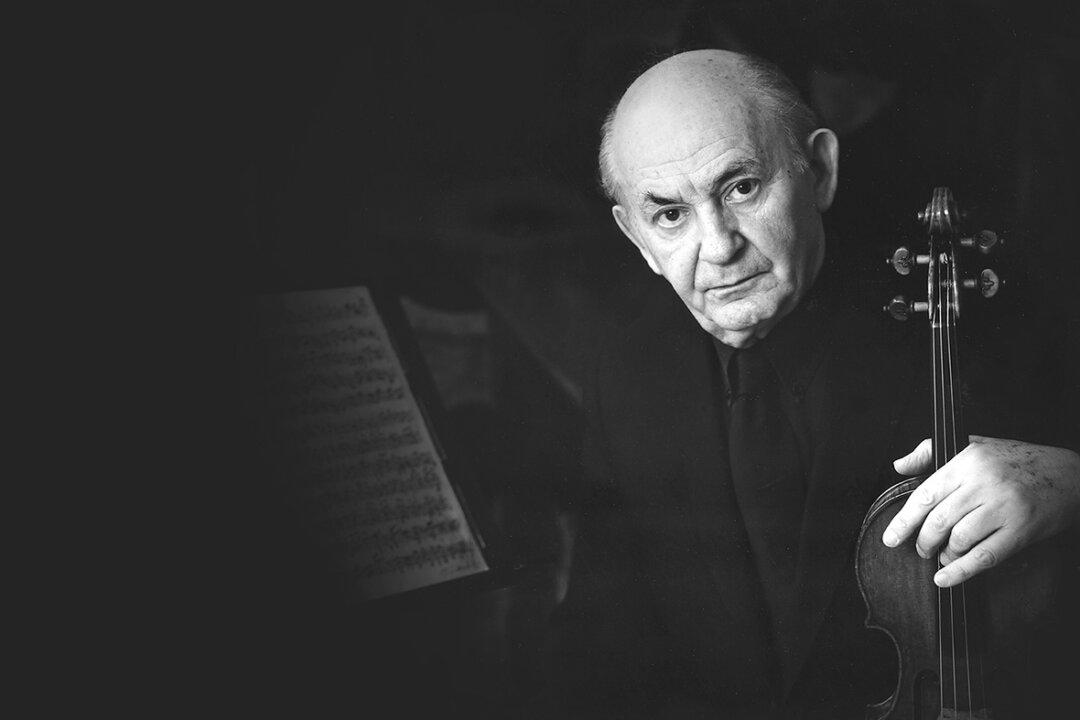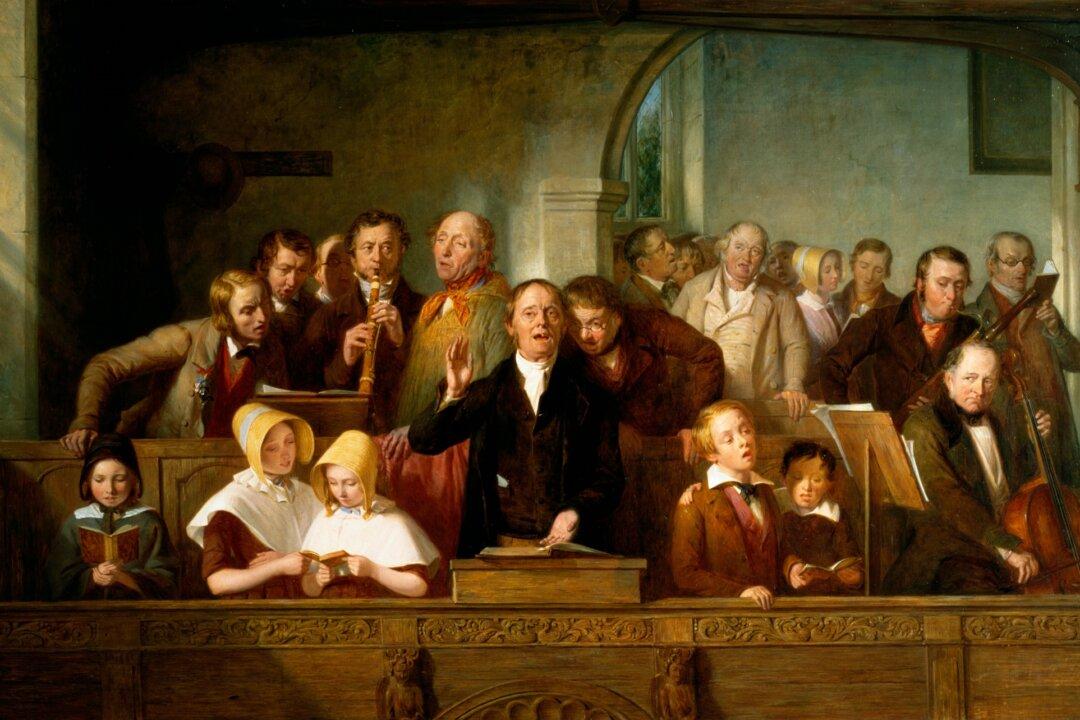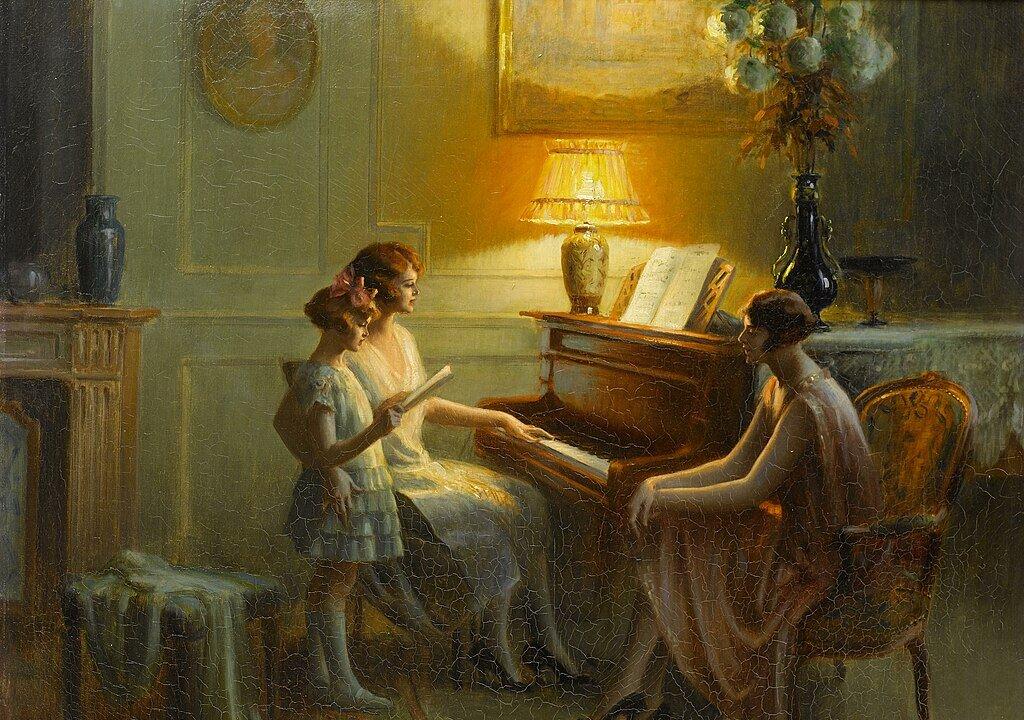On the 100th-year anniversary of Maria Callas’s birth, readers might be surprised to learn that the opera singer was soundly and roundly booed during her first six performances at New York’s Metropolitan Opera House. She also confessed in interviews that she did not like the sound of her own voice. Others call her “the voice of the century,” or “La Divina.” Yet, perhaps, no artist in operatic history was so controversial.
If we turn to artists of the previous generation, however, we find virtually unanimous agreement: Dramatic soprano Gina Cigna said, “She had great presence, but goodness, she sang with three voices!” Soprano Augusta Oltrabella said, “Why, oh why did she not stick to the coloratura repertoire? In that she was truly sensational, but the rest of the voice was simply manufactured.” Lyric soprano Mafalda Favero: “She was theatrical to a degree, but never touching.” Mezzo-soprano Giulietta Simionato: “I always found her interpretations immensely dramatic but never moving.”






